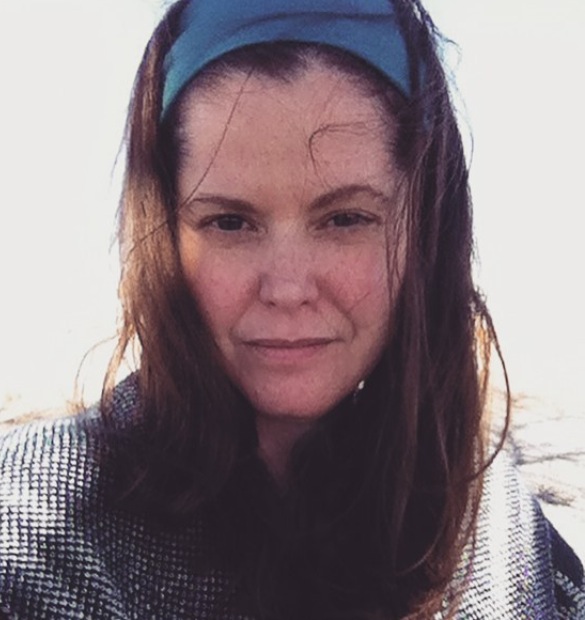Friday, December 23, 2016
The Book of Ende
Becoming a female illuminator in the late 20th to early 21st century has been arduous, odd, and ultimately, my raison d'etre thus far. Unlike, say, Impressionism or the Renaissance period, any examples I found of exceptional illuminating were extremely rare, and a female's excellent works rarer still. But, they were there. Back in my apprenticeship, St. Martin's Press had annual editorial buying trips to England, in a reverse production process that had us recalibrating equipment to accommodate film flats done the exact opposite of our photographic process used for plate-making on American presses, but I digress.
Murder mysteries were (and still are) an export with an easy audience here in the States, as any real publishing professional will tell you. Just look at the numbers for Hercule Poirot, Agatha Christie, and the "Dial __ for Murder" series. My mother is particularly enamored with a British show currently airing on PBS about two older women who plan estate gardens and solve murders, in the exact same format every single week, which is the core demographic for any murder mystery audience.
Edward Gorey famously illustrated an opening spot for the introduction to the PBS "Masterpiece Theater" murder mystery series, in a gothic pen-and-ink style that had the 90s graduating classes of RISD's Illustration department completely under his spell: a cool, hermetic character who left New York City after his own career in publishing for Provincetown, to create work reminiscent of the the 1900-1930s Art Nouveau revival, but I digress again.
At work, we produced a series of murder mysteries by British authors that I still have on my bookshelves, with one stand-out selection: "The Apothecary Rose". Here, we find a female herbalist working in a medieval abbey garden attached to a cloister, who also solves murders most foul. Back then, the weapon of choice was often poison secreted from the abbey garden or her own apothecary shelves, for death-dealing instead of healing.
The same fictional construct used in murder mysteries was the actual historical context for female illuminators working in the Middle Ages and the Renaissance: artists who were either raised in the family business of making books attached to a prestigious monastery, or the nuns working in the scriptorium of their own monasteries. It was uncommonly educated and rare for anyone to read, write, and paint with such skill, but for a woman? Well, that's another story entirely.
Happy Christmas, Hanukkah, and Kwanzaa, to my illuminated readers of 2016.


